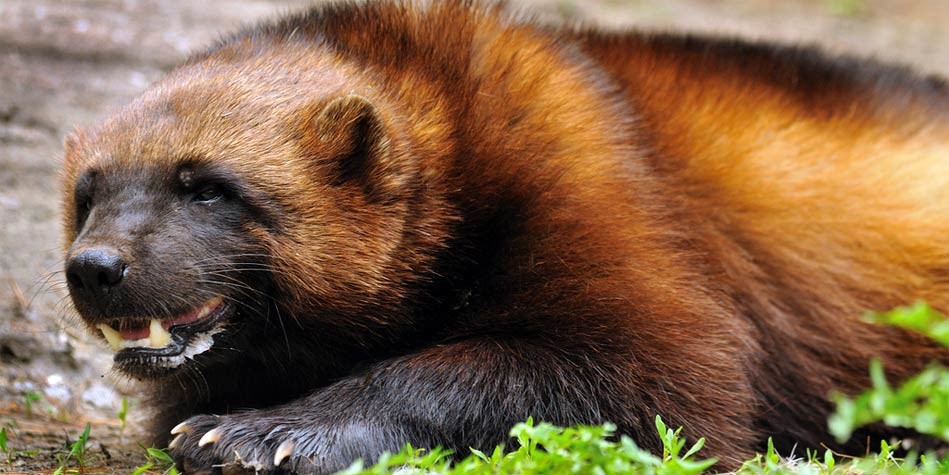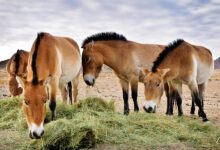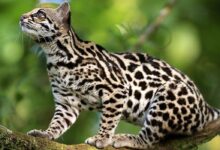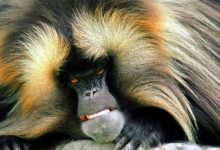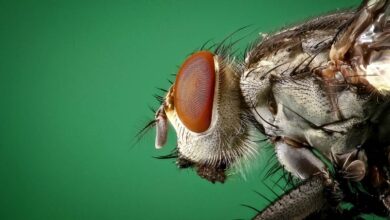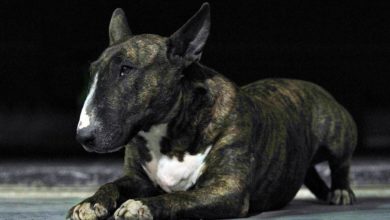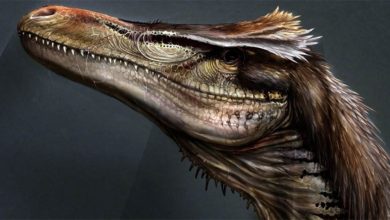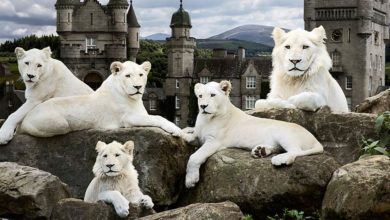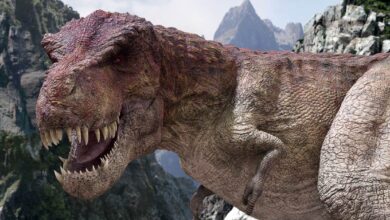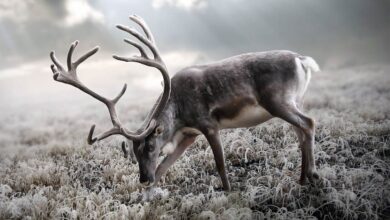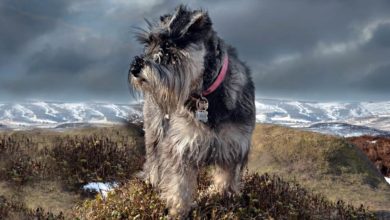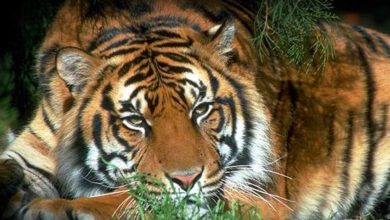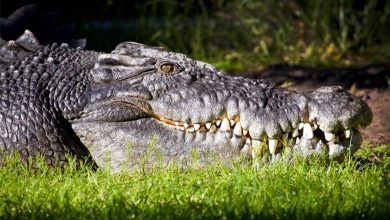Wolverine (Gulo Gulo)
The bigger cousin of a weasel
If you didn’t know what the meaning of Logan’s nickname (Hugh Jackman) in X-Men series was, then you should get to know the character of our today’s story – a wolverine.
A wolverine – a weasel animal whose size is not larger than the one of a medium dog. Despite its inconspicuous size, it is a very aggressive predator which can pick up the loot from the wolf, the fox and the bear. The wolverine lives in severe north areas which are usually difficult to reach.
It is extremely gallant and its courage is usually compared with the honey badger (ratel) which is called the most courageous animal in the world.
Classification
- Kingdom: Animalia
- Phylum: Chordata
- Class: Mammalia
- Order: Carnivora
- Family: Mustelidae
- Subfamily: Mustelinae
- Genus: Gulo
- Species: Gulo gulo
- Names: carcajou, glutton, quickhatch, skunk bear
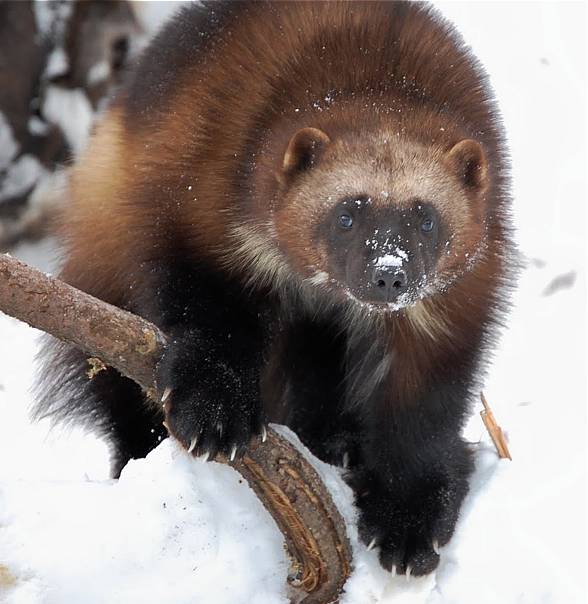
Distribution
Wolverines live primarily in isolated arctic and alpine regions of northern Alaska, Canada, Siberia, and Scandinavia (Norway, Sweden, Finland). They can also appear in Russia (both in European part and more eastern part of this country), the Baltic countries (Estonia, Latvia, Lithuania), Mongolia and northeast China. Wolverines, in small amounts, were also sighted in the Rocky Mountains.
The whole population of wolverines is unknown because the area density of this species is on low rate. It is estimated that the European population is about 2300 specimen. The biggest population of wolverines is in Canada – from 15.000 to 19.000 animals.
Wolverines need a lot of space. Therefore, the biggest danger to their habitat is people’s greater expansion as well as hunting and poaching.
There was even an idea to protect wolverines, but this idea has not been implemented yet. The wolverine has only been classified as an animal which is close to being in danger of extinction.
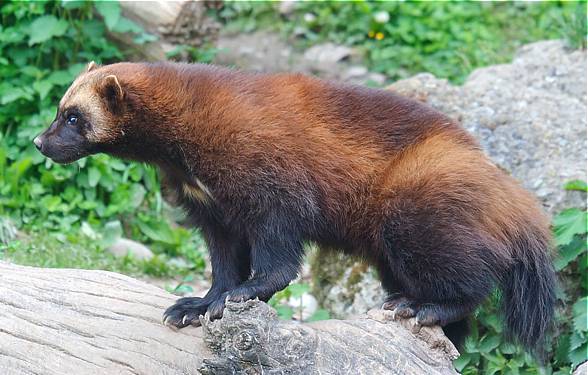
Natural habitat
Wolverines live mainly in forests, but they also appear in marshlands. However, they avoid water although they are very good swimmers.
Physical characteristics
Appearance
A wolverine is a very stocky and muscular animal as well as one of the biggest representative of mustelids. Only giant otters which live in Amazon valley and sea otters are bigger than a wolverine. It has got short legs, a thick round-shaped neck, small round ears and small eyes. Although its legs are not too long, its large five-toed paws facilitate movement through deep snow as they do not fall in the powder snow.
Wolverines have thick dark oily fur which is highly hydrophobic, making it resistant to frost. This was the cause of its traditional popularity among hunters as a lining in jackets. These animals are russet but there are lighter patches on their heads and sides.
Similarly to other mustelids, wolverines have strong anal scent glands used for marking territory and sexual signaling. The strong odor has given rise to the nickname ‘a nasty cat’ and it is compared to a skunk.
Wolverine’s jaw let him tear the meat off a totally frozen carrion.

Diet
Wolverine’s nutrition depends on weather conditions that is most of all, in seasons. During winter, it becomes a very aggressive predator hunting for all mammals such as reindeers or berks. The excess of obtained food is kept in hollows or rock cracks.
Overall, its gallantry can be compared to the African ratel about whom there are a lot of legends doing the rounds.
Another situation is during the short summer. The main ingredients of wolverine’s diet are bird’s eggs, tree branches and bilberries. In the autumn, the animal eats a huge amount of wasps’ larvas, small rodents, fish and carrion.
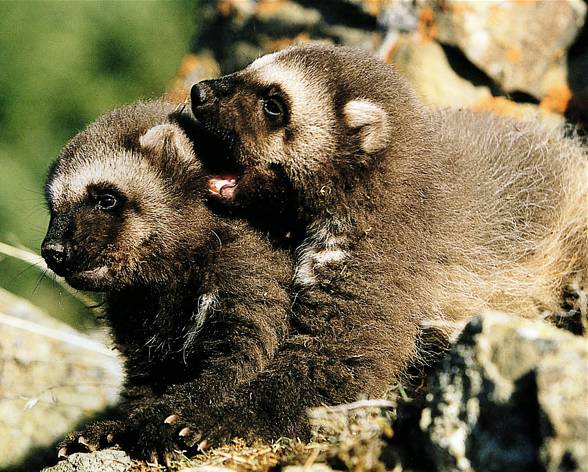
The character
Wolverines have huge jaws and sharp claws. They are extremely gallant animals and they are not afraid to attack even a bigger opponent winning the battle.
Wolverines living in Eurasia are more active hunters than those living in North America. It is probably caused by the fact that the population of predatory animals (that is potential wolverine’s rivals) is not big and these animals have to get food independently.
In North America, it can wait until another predator hunts the victim and try to seize it. One method is spraying unpleasant gases around the opponent. Wolves have their loots stolen by wolverines in most cases.
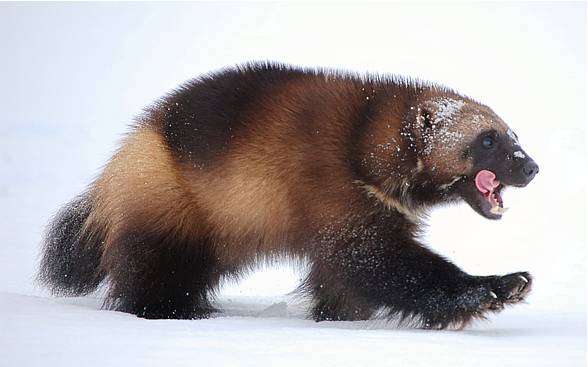
Lifestyle
In the forest, wolverines are active almost around-the-clock- they rest only 3-4 hours a day. A wolverine lives alone on a very vast area and thanks to that the fight between wolverines happens very rarely. However, when they happen, they are extremely spectacular (just imagine the fight between two Wolverines).
This animal can climb trees very well but it does not use this ability very often. Just as foxes or wolves, wolverines trot and do long jumps. When they escape, they can even run 40 kilometers (25 mi) without any stop.
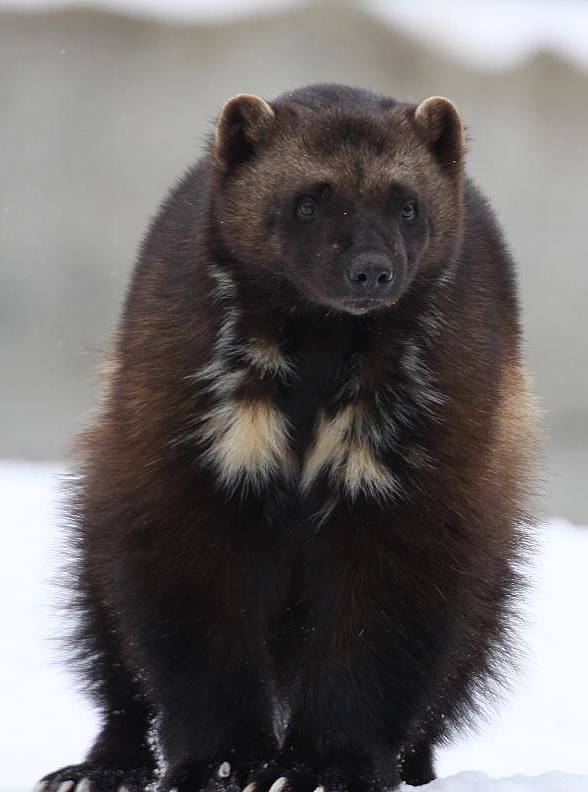
Reproduction
Among wolverines, only strong males find partners- usually two or three during their lifetime. Other wolverines live alone. Mating season is in the summer, but the embryo rests stayed till late winter which causes the delay in the fetus development. If there is the lack of food in the surrounding area, than females do not produce young at all.
The period of gestation lasts from 30 to 50 days and they usually give birth to two or three young. Young open their eyes usually after four weeks and they become independent after two years. Wolverines become adult at the age of three or four years old.
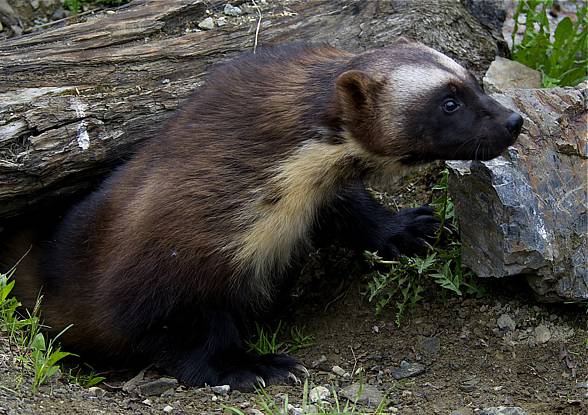
Information / size
Wolverine (Gulo gulo)
- Length: from 65 to 107 cm (25.6 to 42 in)
- Height in shoulders: from 30 to 45 cm (11.8 to 17.7 in)
- The length of the tail: from 17 to 26 cm (6.7 to 10.2 in)
- Weight: from 9 to 25 kilos (19.8 lb), males can weigh up to 32 kilos (70.5 lb)
- Lifespan: 5 – 13 years
Gender dimorphism can be spotted in wolverines- males are almost 30% bigger than females and can be even twice as heavy.
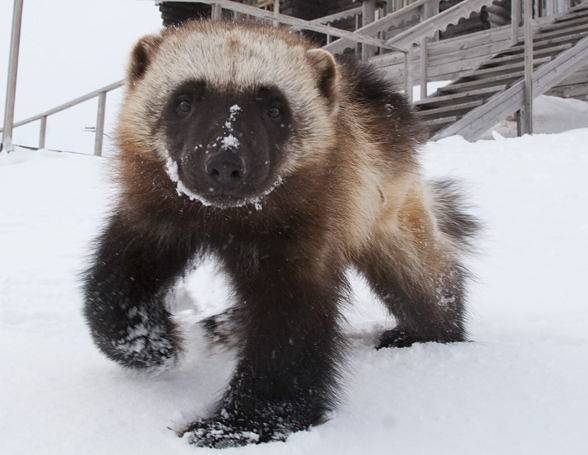
Wolverine – interesting facts
- The image of wolverine is very often used as a plush toy. It happens for example at Michigan University.
- One of Inn tribe’s myth (people living in east Quebec and Labrador) says that the wolverine is the creator of the world.
- In many languages, the name ‘wolverine’ is derived from expressions connected with eating huge amounts of food i.e. a glutton or a gluttonous cat. In English, however, a wolverine means a small wolf.
- In zoos in North America and Europe, there are only 100 wolverines.
- James Howlette’s / Logan’s (Hugh Jackman) nickname in X-men movies is Wolverine. It means a wolverine or a young wolf.
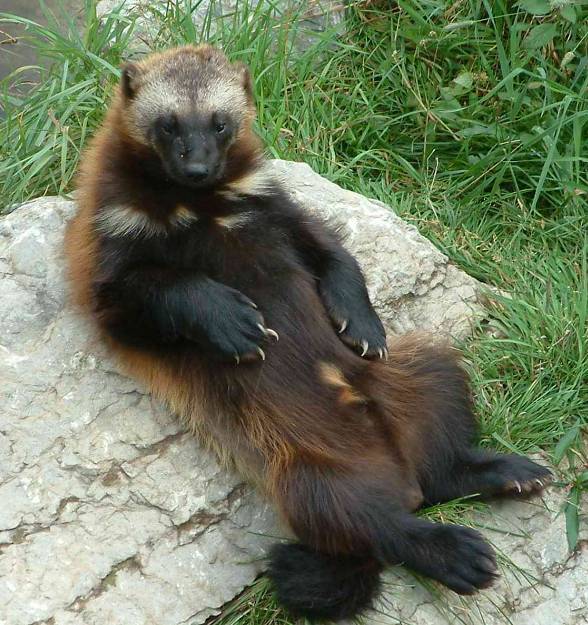
Recommended
- Zebroid
- Elephants
- Giraffe
- Grizzly bear
- Largest eagles Top10
- Largest birds of prey Top10
- Animals & dinosaurs records
- The fastest animals – Top 100
- The fastest birds – Top 10

